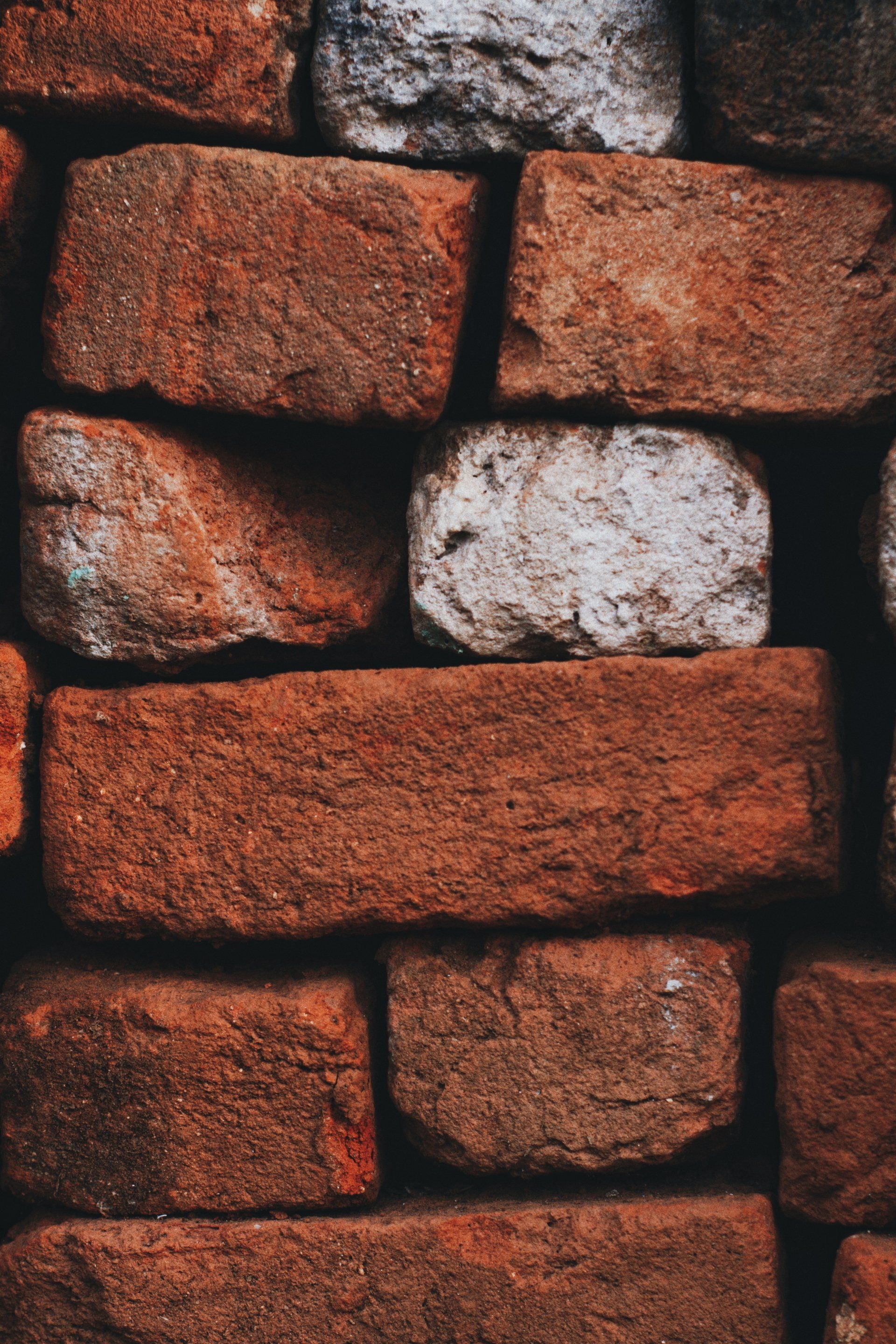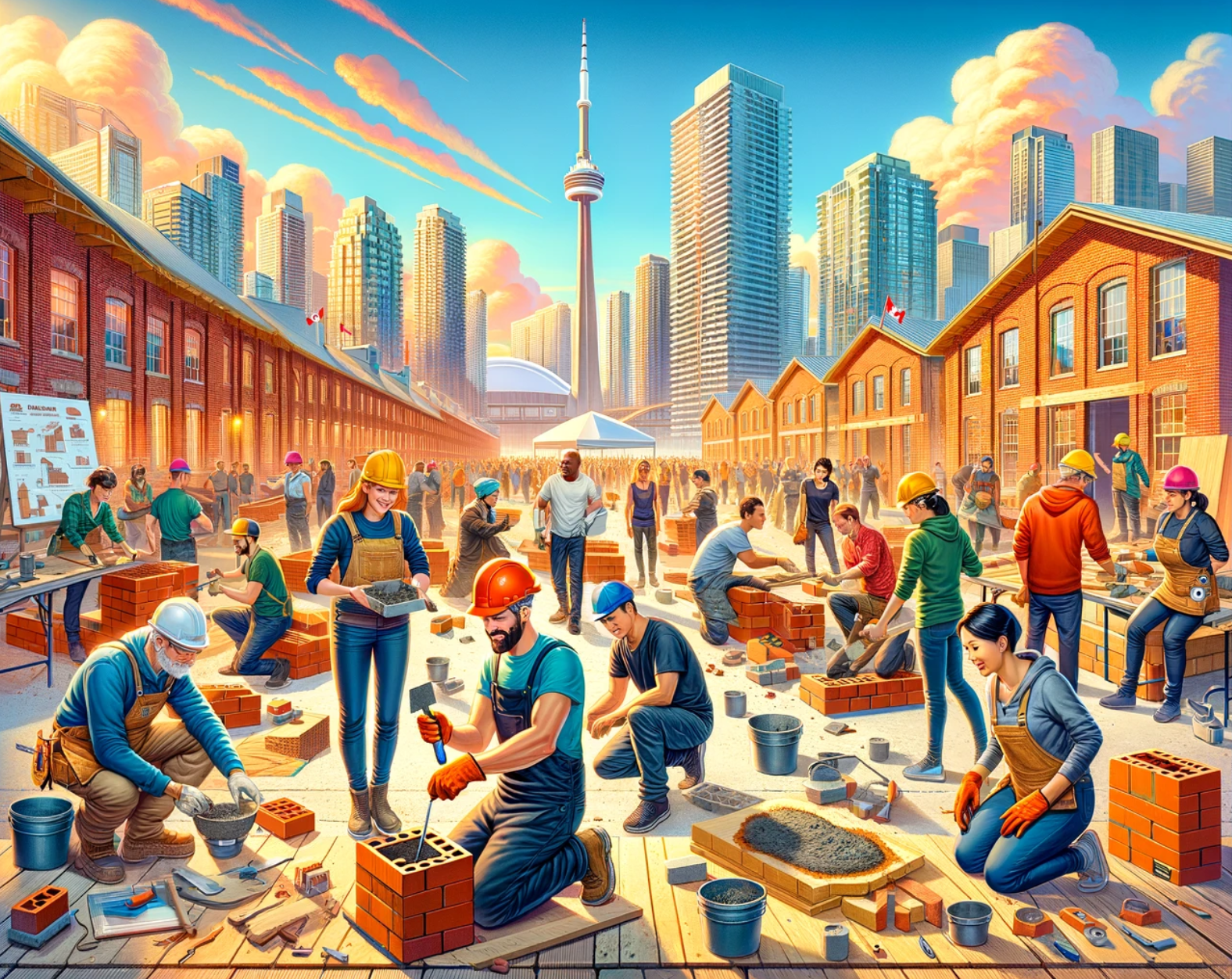How to Become a Mason in Canada: A Comprehensive Guide
Masonry is an age-old craft that combines artistry, skill, and precision. In Canada, the demand for skilled masons is on the rise, and pursuing a career in this field can be both rewarding and fulfilling. Whether you're interested in residential or commercial masonry, the path to becoming a mason in Canada is paved with opportunities.
Step 1: Understand the Basics of Masonry
Masonry involves working with various materials such as bricks, stones, and concrete to build structures. It's a craft that requires physical strength, attention to detail, and creativity. Here's a quick overview of what masonry entails:
- Bricklaying: Building walls, chimneys, and other structures using bricks.
- Stone Masonry: Crafting structures with natural or artificial stones.
- Concrete Work: Mixing and laying concrete for foundations, walls, and more.
- Restoration: Repairing and restoring historical buildings.
For those interested in residential masonry, Vaughan Masonry offers specialized services in this area.
Step 2: Choose Your Path
There are different paths to becoming a mason in Canada, and your choice will depend on your interests and career goals. Here's a breakdown:
- Apprenticeship: Learn the trade by working under an experienced mason.
- Trade School: Enroll in a masonry program at a vocational school such as the Ontario Masonry Training Centre.
- On-the-Job Training: Gain experience by working with a construction company.
Step 3: Gain the Necessary Skills
Becoming a skilled mason requires mastering certain skills. Here's a list of essential abilities:
- Technical Skills: Understanding blueprints, measurements, and tools.
- Physical Stamina: Ability to lift heavy materials and work in various weather conditions.
- Creativity: Designing and crafting unique structures.
- Communication: Collaborating with other construction professionals.
Step 4: Obtain Certification
In Canada, certification may be required depending on the province. Here's a table outlining the general process:
| Province/Territory | Certification Required | Process |
|---|---|---|
| Ontario | Yes | Complete apprenticeship and pass the Certificate of Qualification exam. |
| British Columbia | No | Voluntary certification available through the Industry Training Authority. |
| Quebec | Yes | Must meet the requirements set by the Commission de la construction du Québec. |
| Alberta | Yes | Complete apprenticeship and pass the provincial Journeyman Certificate exam. |
| Manitoba | Yes | Complete apprenticeship and pass the provincial certification exam. |
| Saskatchewan | Yes | Complete apprenticeship and pass the provincial certification exam. |
| Nova Scotia | Yes | Complete apprenticeship and pass the provincial certification exam. |
| New Brunswick | Yes | Complete apprenticeship and pass the provincial certification exam. |
| Newfoundland and Labrador | Yes | Complete apprenticeship and pass the provincial certification exam. |
| Prince Edward Island | Yes | Complete apprenticeship and pass the provincial certification exam. |
| Northwest Territories | Varies | Consult local authorities or industry organizations for specific requirements. |
| Yukon | Varies | Consult local authorities or industry organizations for specific requirements. |
| Nunavut | Varies | Consult local authorities or industry organizations for specific requirements. |
Step 5: Embark on an Apprenticeship
An apprenticeship is a vital step in becoming a mason. It's a hands-on learning experience where you'll work closely with seasoned professionals. Here's how to get started.
Find a Mentor
Look for experienced masons who are willing to take you under their wing. Reach out to local construction companies, unions, or even specialized service providers like Vaughan Masonry for commercial masonry opportunities.
Sign an Apprenticeship Agreement
This formal agreement outlines the terms of your apprenticeship, including the duration, responsibilities, and compensation.
Learn and Practice
Under the guidance of your mentor, you'll learn the ins and outs of masonry. Expect to:
- Mix mortar and concrete
- Lay bricks and stones
- Use various tools and equipment
- Follow safety protocols
Complete the Apprenticeship
Most apprenticeships last between 3 to 4 years. Upon completion, you may be required to pass an exam to become a certified journeyman mason.
Step 6: Explore Further Education
While not mandatory, further education can enhance your skills and open up more opportunities. Consider.
- Specialized Courses: Learn specific techniques like historical restoration or decorative masonry.
- Business Courses: If you aspire to run your own masonry business, courses in management and entrepreneurship can be valuable.
Step 7: Build Your Portfolio
As you gain experience, start building a portfolio of your work. Include; photos of completed projects, testimonials from satisfied clients, and certifications and awards. A strong portfolio can help you stand out to potential employers or clients.
Step 8: Join Professional Organizations
Joining professional organizations can provide networking opportunities, ongoing education, and industry recognition. Some Canadian masonry associations include the Canadian Masonry Contractors Association (CMCA), the Masonry Institute of British Columbia (MIBC) and the Ontario Masonry Contractors' Association (OMCA).
Step 9: Stay Updated
Masonry techniques and tools are constantly evolving. Stay updated by:
- Attending workshops and seminars
- Reading industry publications
- Following leading masonry companies, like Vaughan Masonry, for insights and trends
Conclusion
Becoming a mason in Canada is a journey filled with learning, growth, and creativity. From mastering the craft through apprenticeships to building a robust portfolio, the path to success is paved with dedication and hard work.
Whether you're interested in residential or commercial masonry, the opportunities are vast and rewarding. Embrace the craft, hone your skills, and you could be the next master mason shaping Canada's architectural landscape.
I hope this guide provides a comprehensive overview of how to become a mason in Canada. Feel free to reach out if you have any specific questions or need further details!

Are Ready To Work With Vaughan Masonry?
Let's chat!
Send us a message and we’ll get in touch with you.
Or give us a call today at 647-559-6210
Contact Us
We will get back to you as soon as possible.
Please try again later.





We offer residential and commercial masonry services in Vaughan and the GTA. With over 15 years of experience, our skilled masons specialize in brickwork, stone veneer, retaining walls, and more. We are dedicated to high-quality work and exceptional customer service.
Company
Services
@ 2024 All Rights Reserved | Vaughan Masonry


